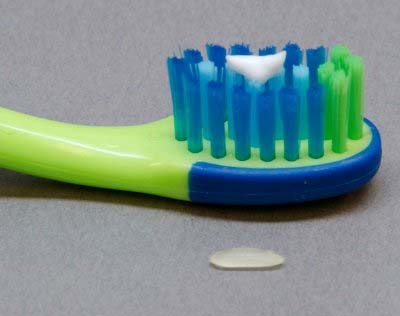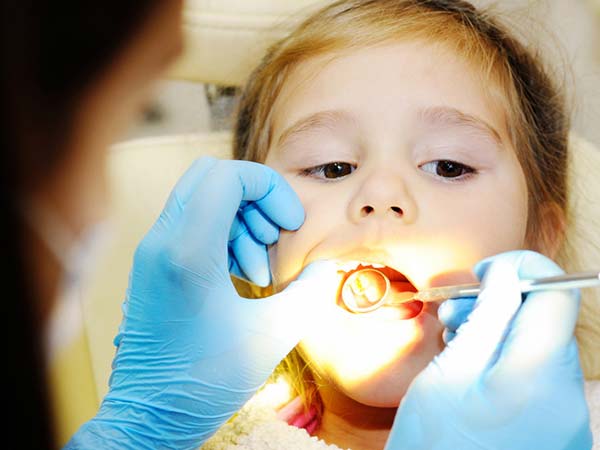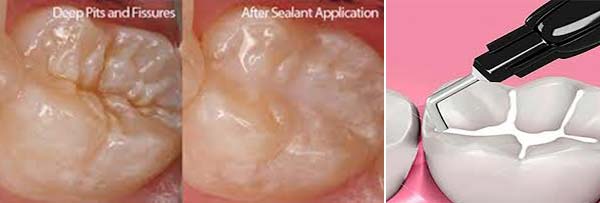
A child’s happy smile is priceless. When you want to ensure that your child’s smile stays bright and strong, there’s no better ally than a pediatric dentist.
Temporary Teeth Have Permanent Implications
IMPORTANCE OF MILK TEETH
Why do we need to take care of milk teeth??
Baby teeth may not last forever, but they do have a lasting impact. Strong baby teeth make learning to speak and crunching on nutritious foods easier, and a healthy smile boosts confidence. Baby teeth also act as placeholders for permanent teeth, so any disruption to these temporary teeth that goes untreated can cause serious problems later.
Some of the conditions most likely to be seen by pediatric dentists include:
Dental caries and tooth decay
Despite the fact that milk teeth are eventually shed to be replaced by permanent teeth, it is still important that these teeth are well maintained. Children have an increased likelihood of developing tooth decay and therefore cavities that can expose the inner dental pulp to bacteria and cause toothaches. Children tend to be more susceptible to dental plaque and tooth decay because they are more likely to eat sugary, sticky foods and not maintain their dental hygiene as well as older people might. Therefore, pediatric dentists commonly encounter tooth decay.
- Gingivitis and dental abscesses are just as likely to occur in children as in adults.
Regular dental health checkups along with the maintenance of good oral hygiene through daily brushing and flossing of the teeth should help children maintain a healthy set of teeth for life. Pediatric dentistry is a branch of dentistry that deals with the examination and management of dental health in children.
Dental procedures are generally perceived as intimidating and painful experiences that most would like to avoid, especially among children. However, it is vital that children have their milk teeth checked regularly by pediatric dentists for evidence of caries and tooth decay.
Teething problems
Pediatric dentists are consulted if teething is delayed in an infant. The development of the teeth and jaws needs to be appropriate to allow the infant to be suitably weaned onto solid foods. Good and timely teeth eruption is also important in the development of appropriate speech.
Malocclusion or misaligned teeth
A malocclusion describes when the teeth of the upper and lower jaws do not meet when the jaws are closed together. This can create problems with eating or speaking. The malocclusion may cause may pain on biting or injuries to the insides of the mouth, gums and tongue. This can be treated with braces.
Pediatric Dentist Treatment Options
Types of Pediatric Dental Procedures
Kids come in all shapes and sizes, and so do their dental needs. That’s why pediatric dentistry includes a wide range of treatments:
- Cleanings and preventive care. A checkup with a pediatric dentist every six months is best. It’s a chance for your child’s teeth to have a professional cleaning. Plus, they get to review their own dental hygiene skills. It also allows the dentist to keep a watchful eye on their oral health. That’s important because identifying problems early allows for them to be treated when it’s easier and more affordable to do so.
- Fluoride treament. Fluoride treatments help strengthen teeth. They can prevent cavities and discourage the buildup of tartar and plaque.
- Fillings. If decay or injury damages a tooth, a filling can restore its stability and function.
- Pit and fissure Sealants. Thin layers of resin-based material, sealants are bonded to the chewing surfaces of teeth. They protect hard-to-clean areas from decay. In fact, they can cut the risk of cavities by up to 80%.
- Bonding. Bonding is a quick, easy way to fix teeth that are crooked, chipped or discolored. During the procedure, the dentist sculpts a white resin directly onto the tooth to repair the flaw.
- Extractions. When a tooth is too severely damaged to repair, an extraction may be necessary to remove it.
- Crowns. Crowns are steel or porcelain caps that replace the outer portion of the tooth. They’re used when a damaged tooth isn’t strong enough to hold together with just a filling. A crown can restore both the look and function of the tooth.
- Emergencies/Trauma- Dental emergencies can be terrifying. In some cases, a delay in care may result in the loss of a tooth that could have been saved. Most pediatric dentists encourage patients to call if they have a dental emergency. Depending on the situation, the staff may provide instructions and direct them to come in for an appointment. Or they may advise them to seek immediate care elsewhere.
- Braces
- Habit breaking appliances- for treatment of habits like thumb sucking, tongue thrusting lip biting, mouth breathing, nail biting, cheek biting and bruxism.

































